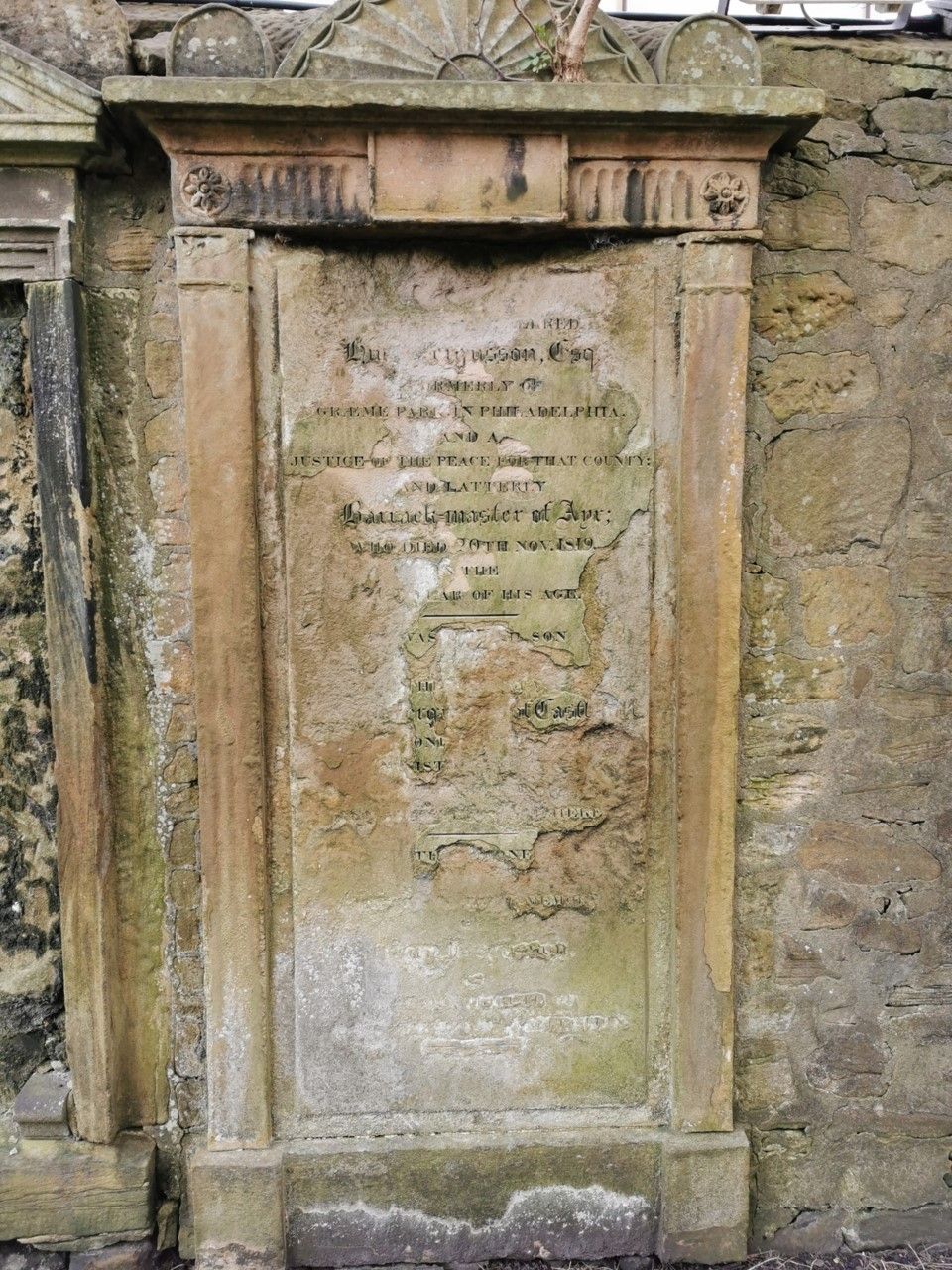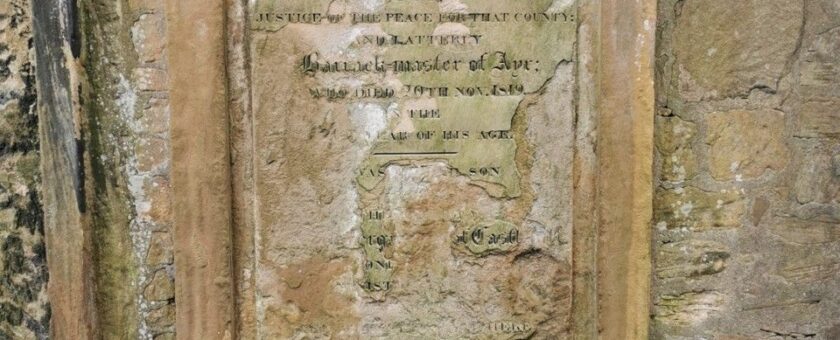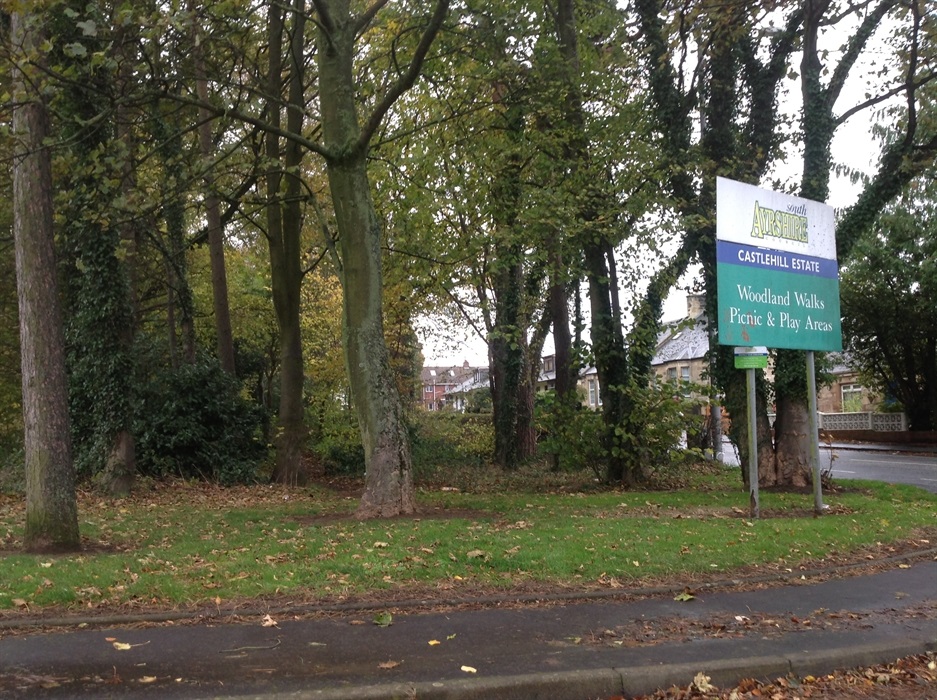Today in Graeme Park History – Henry Hugh Fergusson’s Death
For most of Graeme Park’s history, what happened to Henry Hugh Fergusson after he left America remained a mystery. We knew he petitioned the British government for restitution for “his” loss of Graeme Park when it was confiscated under the Confiscation Act of 1778. We knew he kept in touch with Elizabeth for a time, but that at the end of her life, she didn’t know what had become of him either. We suspected he’d remained in the military. In April of 2020 we got our answer! We were contacted by a researcher in Ayr, Scotland who had come across his tombstone in the Auld Kirk Burying Ground.

The inscription is hard to read, but fortunately was (partially) recorded back in 1997 when it was easier to read.
Here is interred HUGH FERGUSSON Esq.
Formerly of Graeme Park in Philadelphia and a Justice of the Peace for that County and latterly Barrick Master of Ayr d 20 Nov 1819 in the 71 yr of his age…. was the second son of Rev ROBERT FERGUSSON of CastlehillCastlehill was the family estate, owned as far back as at least his grandfather, Rev. Thomas Fergusson. The property eventually ended up in the hands of an in-law, and the home they knew was torn down and rebuilt in 1804. By the 1960s the rebuilt home was deteriorated and torn down and the grounds are currently used as a public park.
Henry did remain in the military and served as Barrick Master of Ayr where his duties included making sure the men were supplied with food, bedding, furniture, utensils and other supplies necessary to their accommodation – similar to his role as Commissary of Prisoners when he was in America. The barracks in Ayr where housed in a converted 7-story sugar house, and Henry was appointed as the first master in 1794 at a salary of 10 shillings a day.
In addition to the tombstone, our researcher also turned up Henry’s will for us. The will lists two sons, Thomas Hugh and Henry, who had been unknown to us, and three of his four sisters – Elizabeth, Mary, and Henrietta. Just knowing he went by “Hugh” (we still call him Henry), the town he lived in, and the position he held has made researching him so much more productive and we look forward to learning more.


